Ceramic coating could be the cure to your corrosion problems
The exhaust manifolds bolted up to the bottom of my Corvair’s flat-six engine were absolutely serviceable, but I always thought the look of individual headers hanging out underneath the Argent Silver tail panel of a Corsa coupe was just badass. When I had to pull the engine for a clutch replacement, I went ahead and ordered up a set of headers to bolt up.
The look was awesome, but the finish faded quite rapidly as corrosion set in from the road grime and moisture that coated the tubing. Frustrated, I starting digging into options to keep the headers looking fresh. Luckily I found the perfect option.

After strolling through the Redline Rebuild Garage and taking a look at the manifolds on the Model A that was rebuilt last year, I asked Davin for his perspective. Despite many heat cycles and some weather exposure, the cast iron still looked minty fresh and really close to factory-correct color. Cerakote, he told me, was how he protected the look, and that started me down an interesting research rabbit hole.
At some point I finally closed the 50 open tabs in my internet browser and picked up the phone to call West Michigan Cerakote. Spenser Sydow was the man on the other end of the line, and he explained some of the benefits and drawbacks of using this type of ceramic coating.
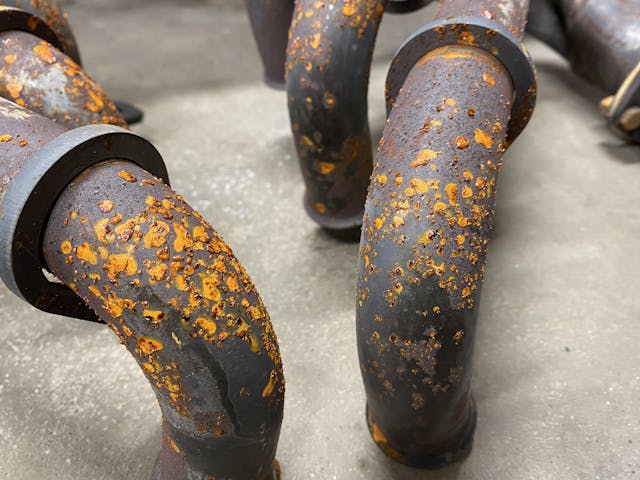
The key factor for me is durability. The high-temp paint I sprayed on my headers didn’t even make it through a full driving season before rust and corrosion started to propagate on the mild steel. Cerakote is a combination of abrasion and chemical resistance, and the ceramic coating process adds a layer of material, like a nice winter jacket wraps me in December.
“It’s great for pretty much anything in an engine compartment,” Spenser told me over the phone. “You don’t have to worry about oil or other chemicals stripping the finish off.” What stood out to me most is the abrasion resistance, which is important because the headers on my Corvair are the lowest point of the chassis, and thin Cerakote won’t chip when hit by road debris. No chips means reduced chance for corrosion.
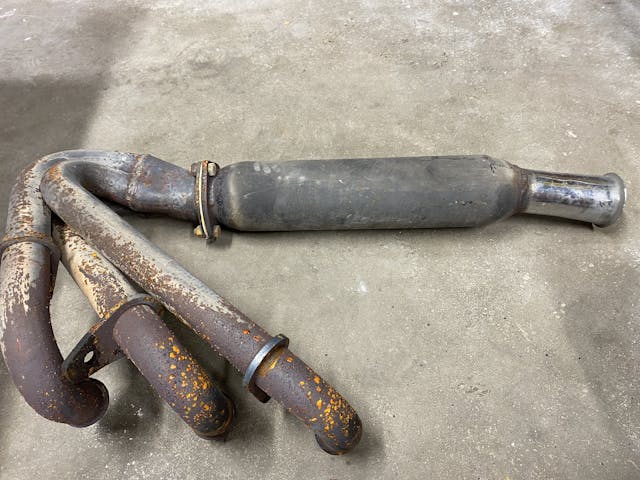
I boxed up my gross-looking set of pipes and put my faith in the West Michigan Cerakote team. When I got them back a few weeks later, it was a gorgeous gray and ready to bolt up to the engine. Knowing there won’t be any discoloration with heat (and the finish will not be fazed by inevitable oil leaks) makes me really excited to drive the 140-horsepower coupe more.
Over the winter I might pull a few parts off the Model A and ship them down to Spenser. I was a little nervous thinking that the Cerakote finish would be unremovable if I ever wanted to restore my Model A to original-type finishes, but Spenser let me know that standard media blasting would take it off without issue. The reason I would need to remove it (rather get the correct colors rendered in Cerakote) is that this ceramic coating is only available in flat finishes. The protection this process provides might be just the thing I need to keep it looking fresh year-round with minimal maintenance.
Sadly, with the multitude of projects I have running right now, I haven’t had the time to install the headers and fabricate the rest of the exhaust system. That is going to be a winter project, after I buy a welder. Shouldn’t be long now.
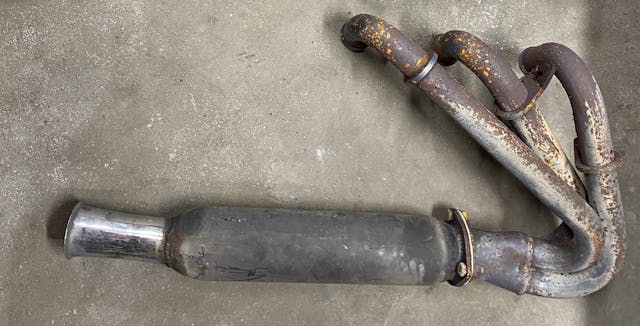
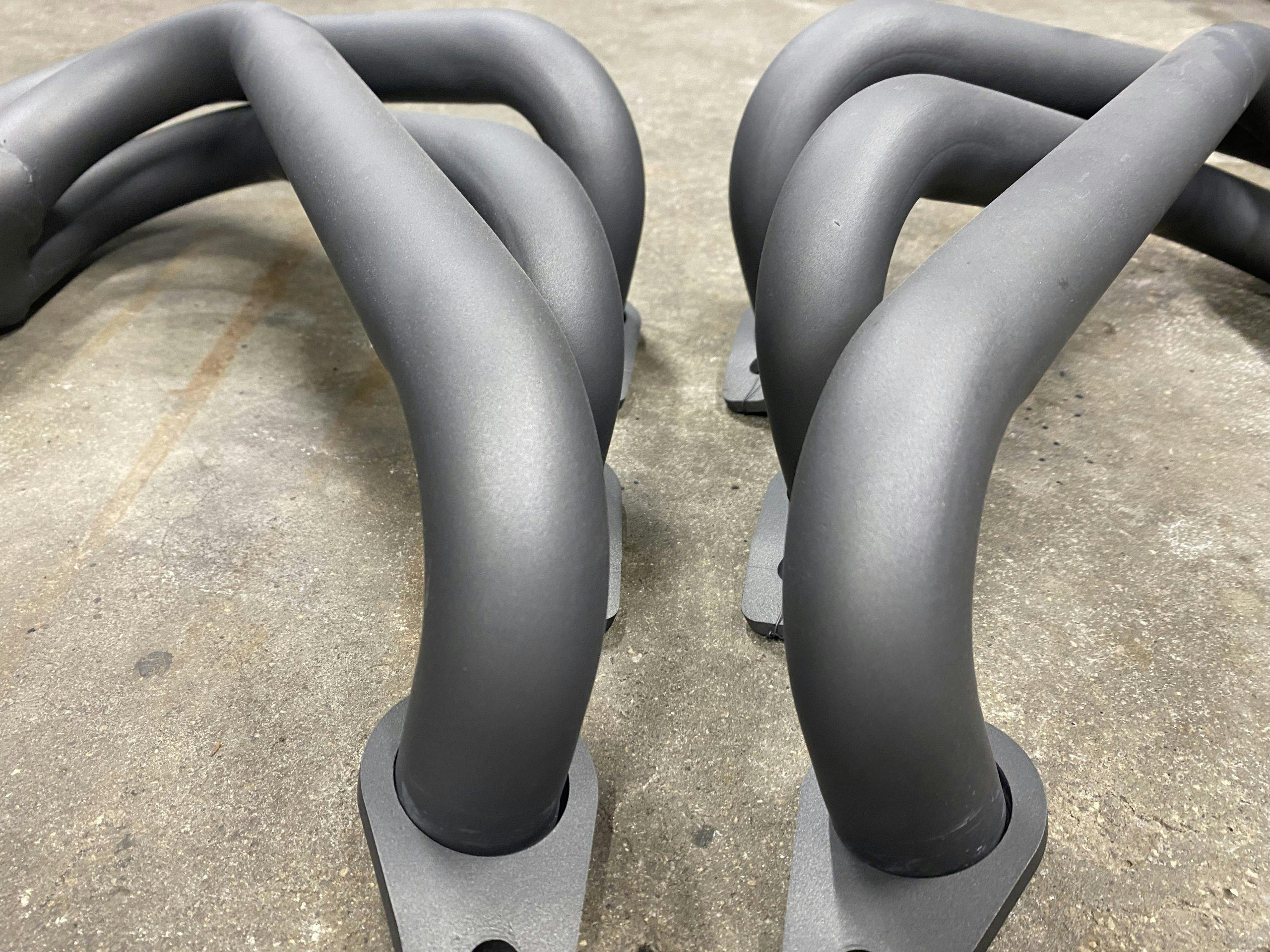
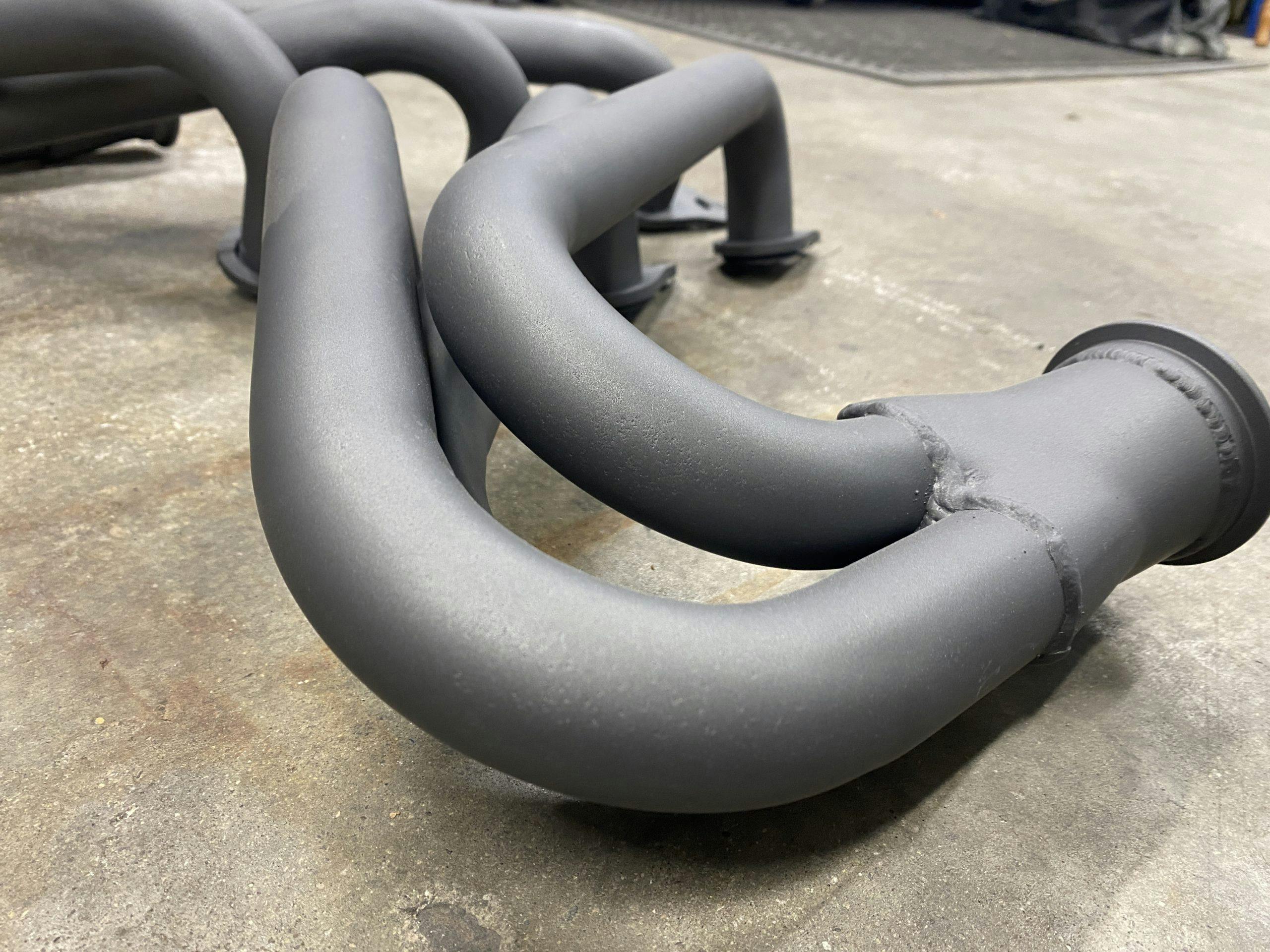
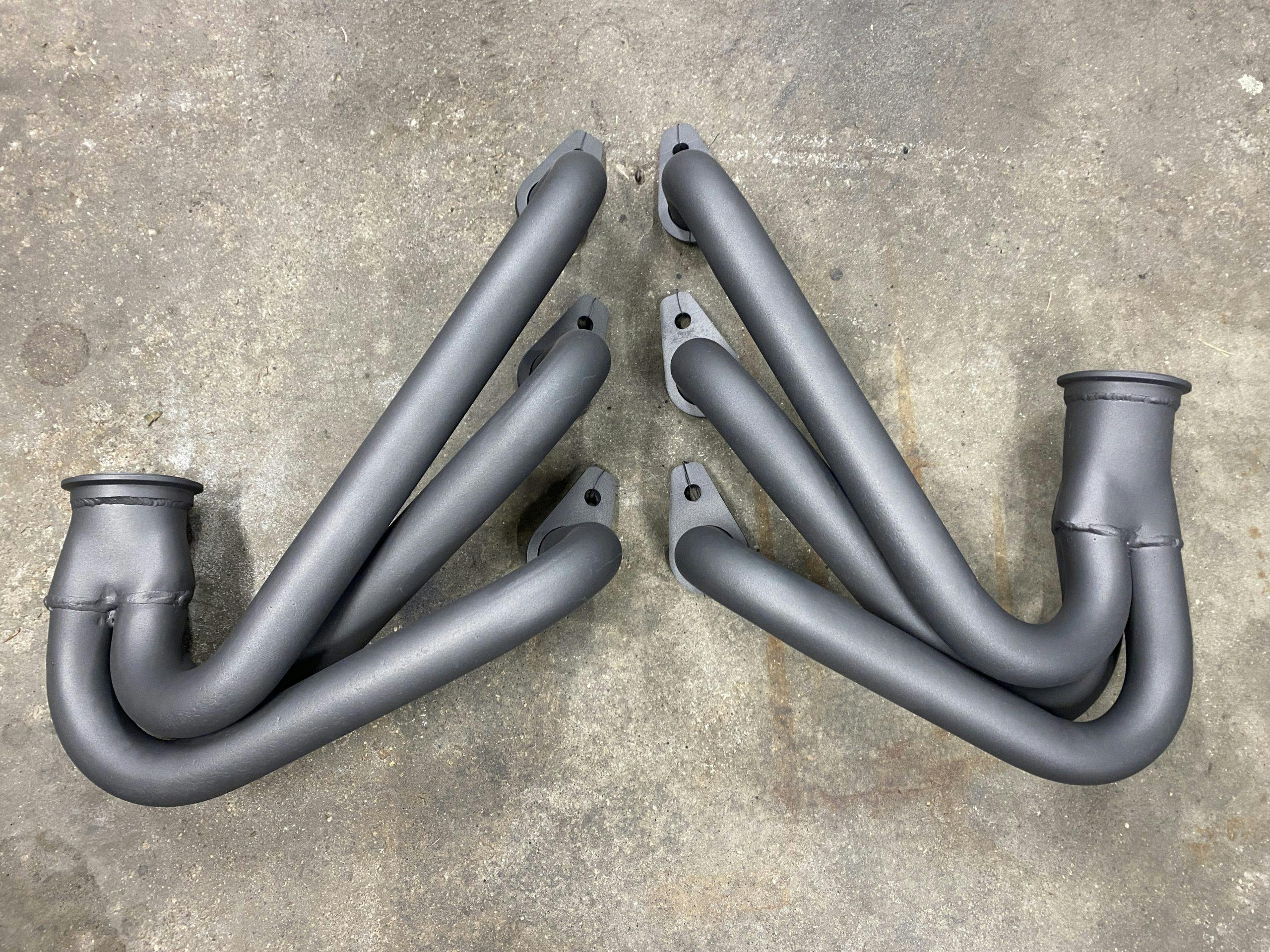


Where did you get the original headers ?